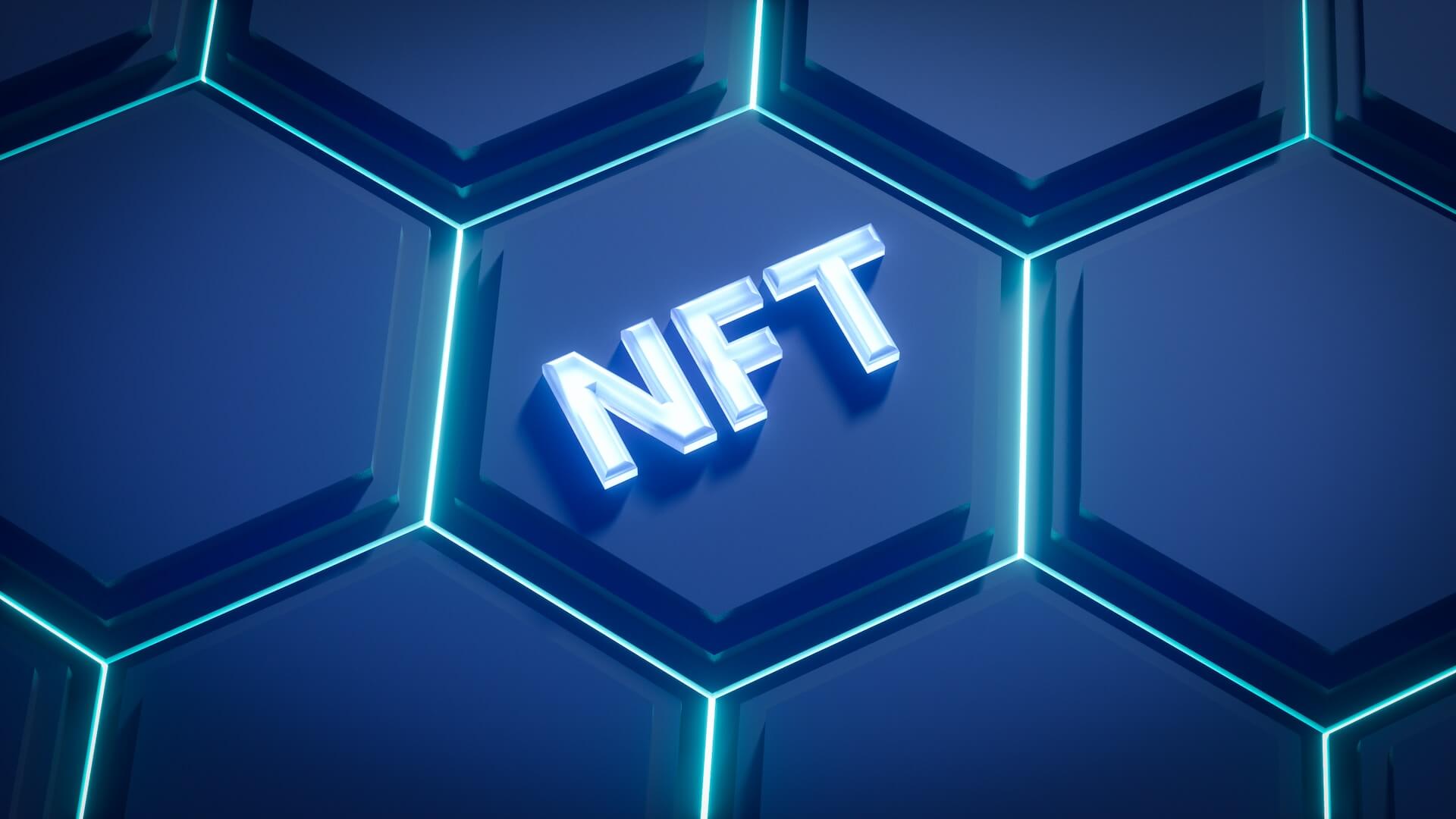The public chain Polygon has more daily active users than Ether, and its overall market capitalization has exceeded the $10 billion mark, and there are three main reasons behind its current success.
Blockchain
The value of NFT is the value of the contract + the value of the distributed ledger.
Blockchain can provide a better solution. Not only can blockchain record past and present transactions that occur, it can also be used to register and transfer copyright registrations, whether digital or physical works, if desired.
Since the launch of the white paper in 2008, Bitcoin has received unprecedented attention, especially since the first transaction of Bitcoin and its ten million fold increase in ten years, every sharp rise and fall of Bitcoin has become the focus of attention and caused huge controversy.
Do you find Ether fees expensive and slow? Maybe Layer 2 will be an important solution to the current problems of Ether in addition to other blockchains and ETH 2.0.
Today is a dynamic time for those who make and love music. The digital revolution has civilianized the means of creating music: anyone can record a sound that can be shared with anyone around the world.
By providing players with new options for game ownership, trading and playing games, blockchain has the ability to revolutionize the gaming business.
When blockchain projects show that their technology can provide something that the traditional Internet does not have, large investors will participate.
With the emergence of the COVID-19 outbreak across the U.S., news of improvements to the U.S. healthcare system and the ability to treat the disease appeared in the media headlines, and people began to take the initiative to learn more about the new coronavirus on the Internet out of fear of the disease.
Blockchain technology is an Internet database technology that is characterized by decentralization, openness and transparency, where everyone can participate in the database records, and it can also be applied in a variety of different fields.










